Unfortunately, it is quite common for motorists to not notice pedestrians or cyclists. A common exclamation after hitting someone walking or biking is, “I didn’t even see them!” or “They came out of nowhere!”
Why does this happen, and how can we avoid it?
Selective Attention
When we drive, our brains filter visual stimuli to focus our attention on things we need to notice to operate our vehicle safely. Is the vehicle in front of us slowing down? Is the light going to turn yellow? This is called selective attention. The cost of selective attention is that we don’t notice otherwise apparent visual stimuli.
Inattentional Blindness
When we drive we sometimes miss critical information even when our eyes are focused on the road ahead. This is called inattentional blindness (also known as perceptual blindness). For example, if you become hyper-focused on reaching your exit on a highway, you can miss other things happening around you on the road.
Motorists seeing pedestrians and cyclists are critical for road safety. So, how can we consciously choose what stimuli gets our “selective attention?”
A well-known demonstration of selective attention and inattentional blindness involves the below video. Video viewers were asked to count how many times players in white shirts pass a basketball. Most people get so focused on counting they don’t notice the figure in a gorilla suit walking across the screen.
When we are so focused on one thing, we can easily miss something right in front of us.
Inattentional blindness cannot be entirely avoided because our brains are wired to not absorb every single stimulus presented to us. If they were, our brains would be bombarded with information, and we wouldn’t know what is critical.
Drivers can make a conscious effort to decrease stimulus and decrease the chance of missing important cues due to inattentional blindness and selective attention.
1) Minimize your distractions and maximize your attention.
Approximately 1 in 4 fatal crashes involves distraction. In Ontario, provincial police data show one person is injured in a distracted-driving collision every half hour. Talking on a cell phone while driving quadruples the risk of a collision. Even things such as changing the radio station, drinking a coffee or tapping coordinates into a GPS will take your focus off the road. Put your cell phone away and enter your GPS data while parked to avoid distracted driving. Distracted driving is illegal and it kills.
Ontario’s Distracted Driving law states, while you are driving, including when you are stopped in traffic or at a red light, it is illegal to:
- use a phone or other hand-held wireless communication device to text or dial – you can only touch a device to call 911 in an emergency
- use a hand-held electronic entertainment device, such as a tablet or portable gaming console
- view display screens unrelated to driving, such as watching a video
- program a GPS device, except by voice commands
2) Look for cues.
Road signs often warn of potential hazards but so do your surroundings. Farmland means tractors or animals. Forests can mean deer, mountains can mean falling rock. Cities can mean more pedestrians, school zones and cyclists. Stay alert and refocus when your surroundings change.
3) Practice attentive driving.
How many times have you driven home and wondered how you got there? Drivers should be checking their mirrors every five to seven seconds will make you actively engaged and force you to look around. You won’t be passively gazing at the road ahead, and you will maintain situational awareness.
These tips can help you reduce the chances of looking without seeing and make you aware of your surroundings. Selective attention and inattentional blindness are something all drivers experience. If you are prepared and intentional when you get behind the wheel, you won’t be blind to other stimuli in your environment.
Sources:
https://www.caa.ca/driving-safely/distracted-driving/
https://tirf.ca/blog/distracted-driving-puts-all-canadians-at-risk/
https://www.theglobeandmail.com/canada/article-distracted-driving-prevention-canada/
https://www.ontario.ca/page/distracted-driving
Road SMARTS
Road safety is a shared responsibility, regardless of how (or when) you use the road. Our friends, family, children, and colleagues are impacted several times daily by road safety. When tragedy strikes, too often we feel powerless in terms of making an impact to prevent further issues. If you would like to get more involved in road safety, we invite you to take the #RoadSMARTS pledge. By taking the Road SMARTS Pledge, you Support Making All Road Travel Safe, which can help improve road safety for everyone. When road behaviours change, accidents can be reduced. For more information and to take the pledge for free, visit https://www.ottawasafetycouncil.ca/road-smarts.
